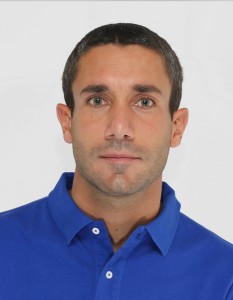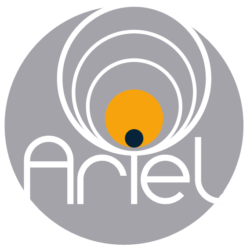Ariel Postdoctoral Fellowship program
The Ariel Postdoctoral Fellowship Program, funded by the Swedish National Space Agency, seeks outstanding early-career scientists to carry out research programs that will support the Ariel mission. Each fellowship position is expected to involve a high degree of independent research, although projects that help build new collaborations among the Ariel Science Consortium are especially encouraged.
A number of Ariel Postdoctoral Fellowships have been awarded by University of Chalmers and University of Vienna, after a very competitive process and selection. Meet current and past Ariel Fellows:
Gopal Hazra
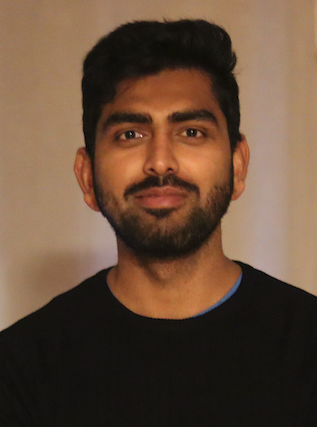
Gopal Hazra obtained his PhD in Astrophysics from the Indian Institute of Science, Bangalore in 2018. He spent almost a year at Beihang University, Beijing, China as a Zhuoyue postdoctoral fellow before taking a postdoctoral position at Leiden University, the Netherlands, and Trinity College Dublin, Ireland. His expertise lies in the area of exoplanetary atmospheres, specifically the theoretical modeling of atmospheric escape from exoplanets and how the activity of host stars affects their atmospheric mass-loss rate. As an Ariel fellow, he will be investigating the origin of atmospheric escape from exoplanets in detail and connecting the results with the Ariel mission by constraining observational signatures. He will also study the evolution of exoplanetary atmospheres and their observational signatures due to the variation in the properties of host star activity over the lifetime of the planet.
Oliver Herbort
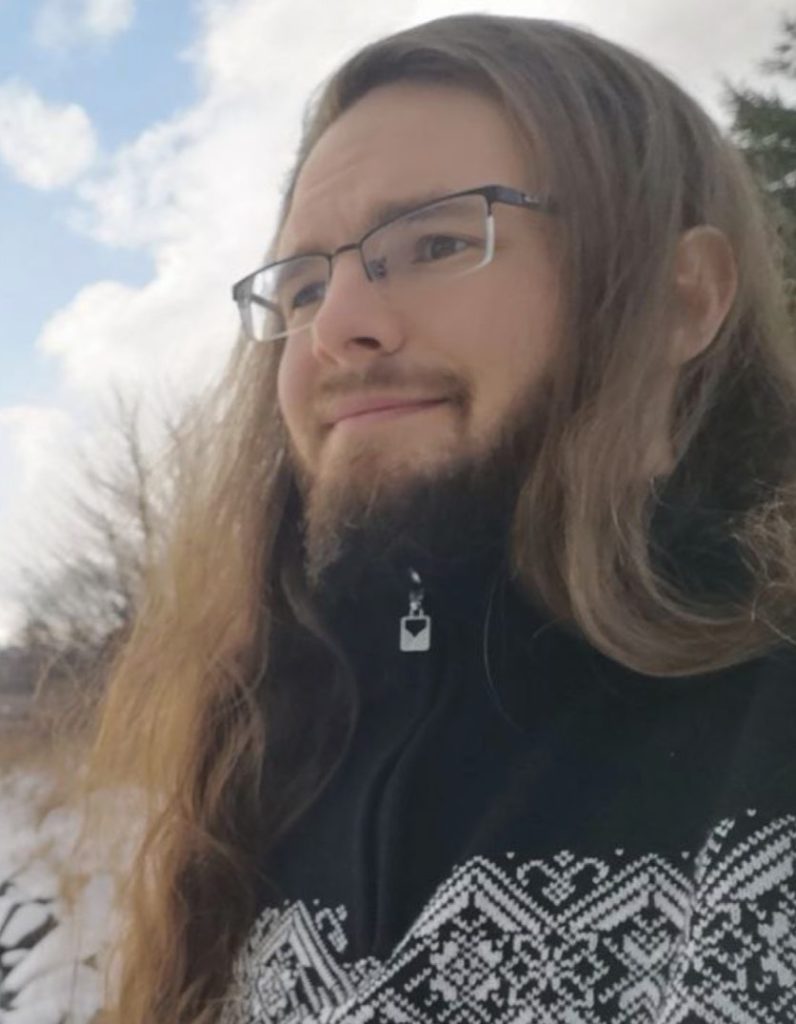
Oliver Herbort studied for his bachelors and masters in physics at the University of Göttingen. For his master thesis, he was part of the CARMENES consortium and focussed on the stellar activity of M dwarfs, in particular CN Leo. For his PhD, he moved to St Andrews, where he worked on an interdisciplinary project combining astrophysics and geology in order to investigate the atmospheres of rocky exoplanets. By using different elemental compositions the diversity of crust, atmosphere, and cloud condensate compositions were investigated. Special focus was put on the stability of liquid water at the surface and in cloud condensates to constrain planetary habitability. As an Ariel fellow at the University of Vienna he will continue working on atmospheres of rocky exoplanets. Especially investigating the long term stability of different atmospheric compositions with regard to atmospheric loss and photochemistry. One of his main interests is, in how far the surface composition and conditions of a rocky exoplanet can be constrained by future observations.
Niloofar Khorshid
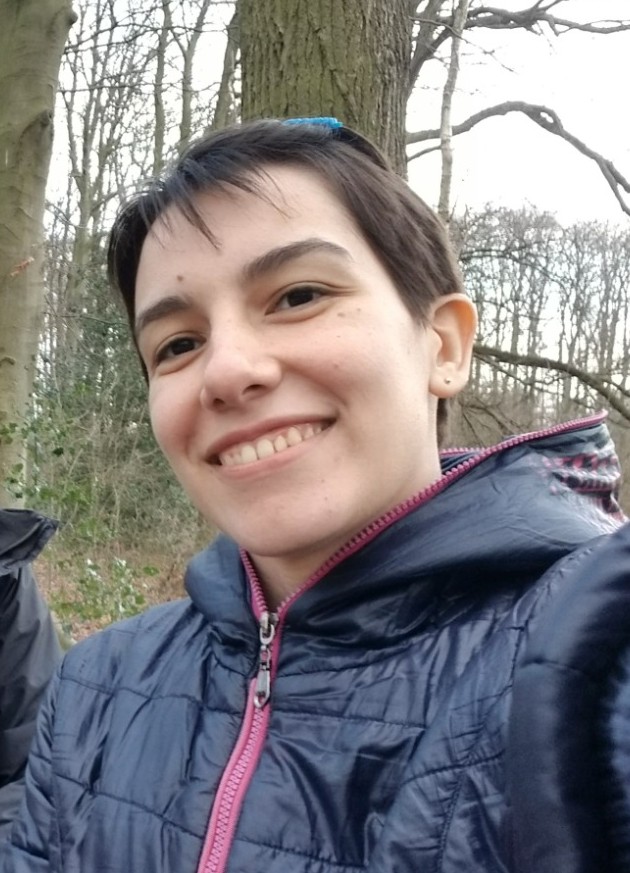
Niloofar Khorshid completed her Bachelor’s in Physics with a minor in Chemistry at Sharif University in Iran. She then moved to the Netherlands to do a Masters in Astronomy at Leiden University focusing on Astrochemisty and then later on exoplanet science. She developed a tool called SimAb that simulates the formation of giant planets and predicts their atmospheric composition based on the initial conditions in which these planets were formed. As an Ariel fellow at Chalmers University, she will expand her research to smaller planets especially planets that are predicted to be formed through the Inside Out Planet Formation theory. She will look at the possible impact of the composition of the disk where these planets are formed on their atmospheres. This work will connect to planet formation by including prediected differences in planetesimal compositions and influence of host star properties. This project is in preparation for Ariel to be able to understand the formation history of the planets that will be observed as part of the mission, as well as predicting methods to understand planet formation from the observation of their atmospheres.
Giuseppe Morello
